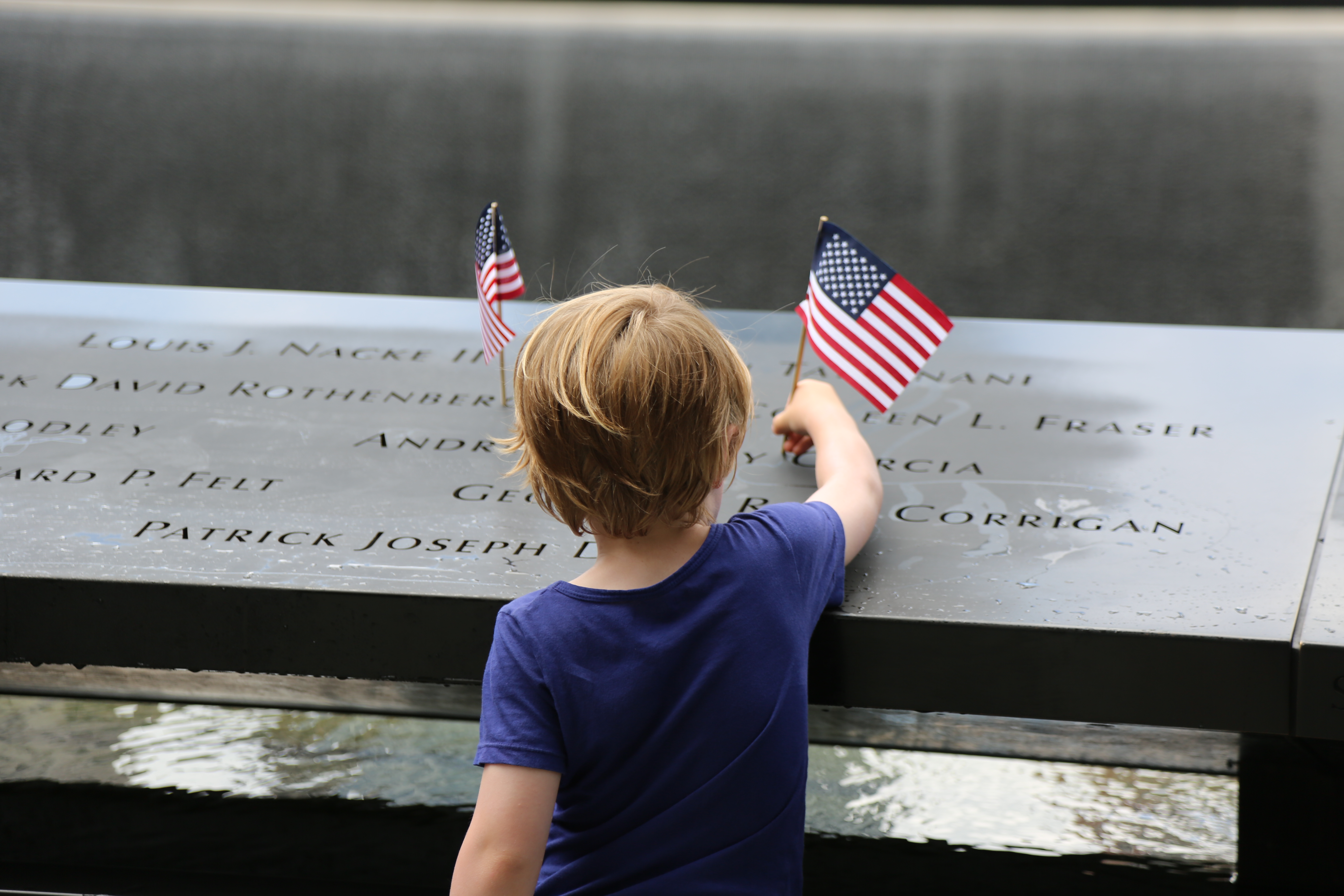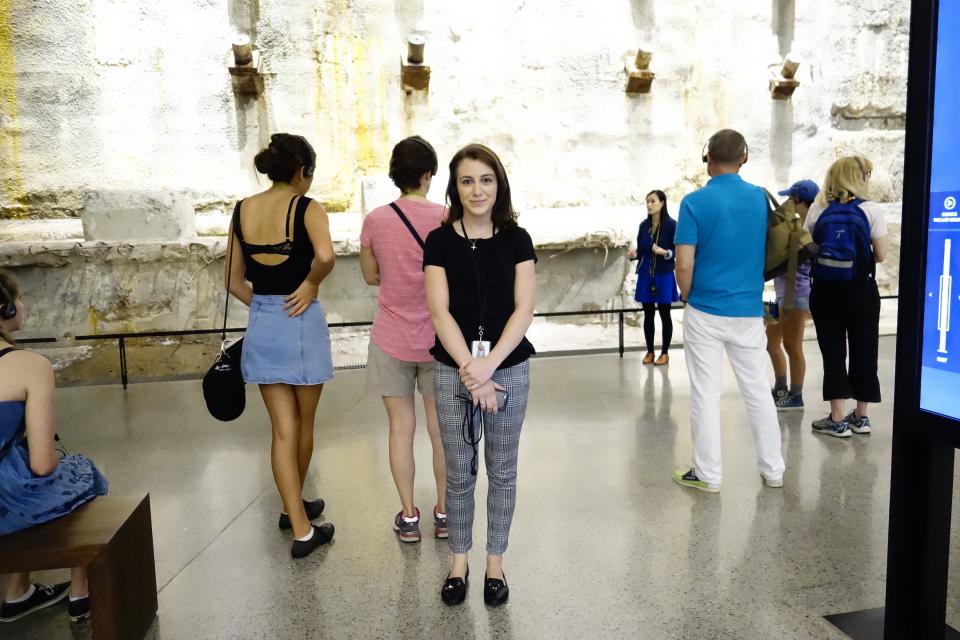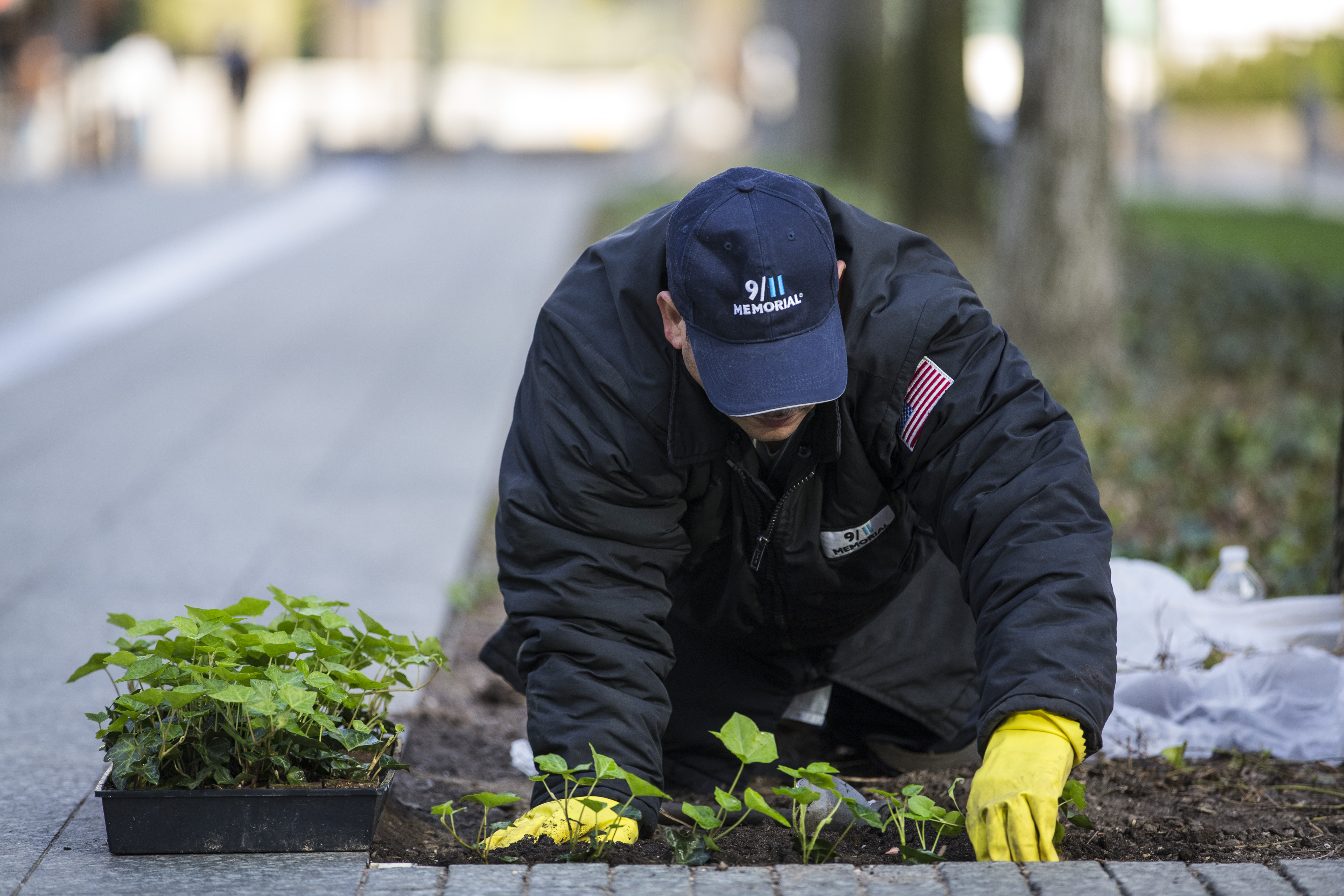Editor’s note: This is the first in a two-part series. To get better acquainted with the 9/11 Memorial Museum, two of our interns signed up for both a guided museum and memorial tour. Having a guide gave them a new perspective and insight into the significance and history behind the artifacts.
On Sept. 11, I was in kindergarten in Brooklyn. I could see the Twin Towers from my classroom and can still remember running home as ash fell to the ground. That day is the first time that I remember the impact of watching the news on TV and is one of the reasons why I hope to pursue a career in broadcast journalism. I'm going into my junior year at NYU, where I'm double majoring in journalism and politics and minoring in irish studies. I feel incredibly honored to be working as one of the communications interns at the National September 11 Memorial & Museum.
Here are 10 of my takeaways from participating in a guided museum tour:
1. Authenticity of place: The museum sits below the memorial pools at bedrock, the original foundation of the North and South Towers. Remnants of the box columns that supported the towers line the floor.
2. Memorials of all sizes: As visitors descend into the museum you see not only the enormous size of the two pools, but you can also view a collection of digitized posters of missing persons—some of the first memorials after the attacks.
3. Global community of witnesses: Broadcasting allowed approximately 2 billion people—1/3 of the world's population in 2001—to watch the attacks in real time.
4. Support system: Tour guides are an excellent resource and provide you with background information and a personalized narrative as you make your way through the exhibits.
5. Accessible for all ages: The museum and tour are designed so that people of all ages will be introduced to the material and artifacts in a sensitive manner. After the tour, visitors may choose to view exhibits featuring more emotional content.
6. Every artifact tells a story: No matter how big or small, every piece represents the strength and resilience of those affected by 9/11. A fragment of the North Tower's broadcast antenna tells the story of broadcast engineers who worked up until the building's collapse to keep the signal strong enough to communicate with emergency crews below.
7. New York's finest and bravest: First responders worked tirelessly to help people at the World Trade Center. Of the 17,400 people inside the towers that morning, roughly 15,200 were evacuated safely.
8. Sacred ground: A repository for the remains of 9/11 victims under the jurisdiction of the City's Chief Medical Examiner is located at bedrock. The repository is separate from the public space of the 9/11 Memorial Museum, and is only accessible by the examiner's staff. Approximately 40 percent of families never received their loved ones' remains. This area serves as a temporary resting place for those who are unidentified until DNA technology improves.
9. The lives they led: The museum is committed to remembering not just how the victims of 9/11 lost their lives, but how they lived them too. The memorial exhibition features photos and recorded stories from family and friends.
10. Living history: The museum is far from static. Every day 9/11-related articles and reports are projected in the museum and new artifacts are donated and put on display. Sept. 11 was not the end of a story, it was just the beginning.
By Hannah Foley, Communications Intern


